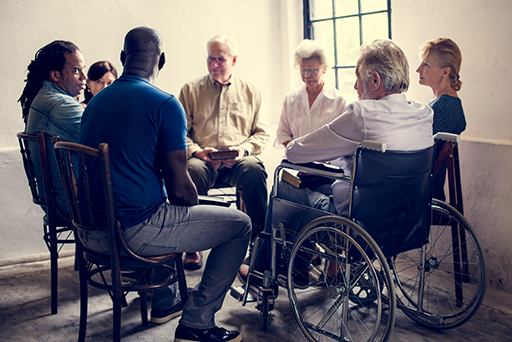1 Understanding ‘diversity’
It is important to start by considering what is meant when talking about ‘diversity’ in teams. The Cambridge English Dictionary defines ‘diversity’ as
- the fact of many different types of things or people being included in something; a range of different things or people;
- the fact that there are many different ideas or opinions about something.
One common definition of diversity is any attribute that can be used to differentiate groups and individuals from one another. You can imagine this attribute varying along a dimension of its own, largely independent of other attributes. For example, individual height is an attribute that exhibits diversity.
Activity 1 Types of diversity
Consider groups and teams that you are part of either in the workplace or in your social life. When you think of diversity, what characteristics do you feel this describes? See how many different types of diversity you can think of from the teams and groups you are part of. You may find it helpful to have a look at Figure 1 and consider the types of diversity that are visible here. What types of diversity are not represented in this image?
Discussion
How many ways did you differentiate the groups and teams you have been part of or the image of the group you can see in Figure 1?
Some of the types of difference you may have described include:
- age
- ethnicity
- gender
- disabled or able-bodied.
These types of diversity are immediately obvious as you can see them. Other types of diversity may not be visible at first glance and some of these may include:
- wealth
- educational background
- sexual orientation
- culture
- values
- learning style
- chirality, i.e. left-handed or right-handed.
You may well have come up with other ways that people in groups and teams can be different from each other.
Next you will look at how the workplace of today has changed from 60 years ago.

